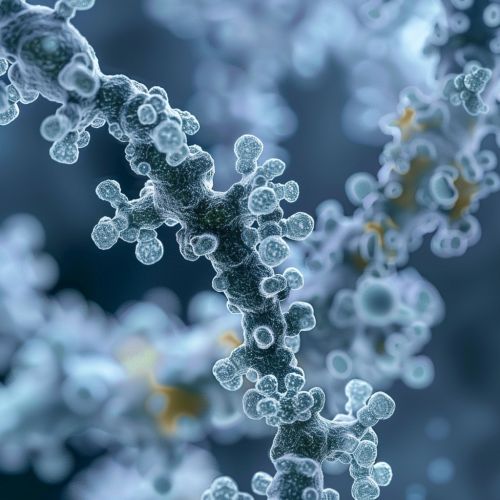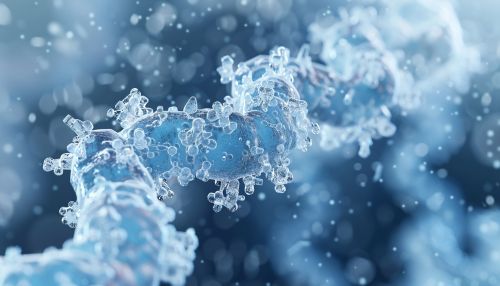Protein Denaturation
Introduction
Protein denaturation refers to a process in which proteins lose their tertiary structure and secondary structure which is caused by an external stress or compound such as a strong acid or base, a concentrated inorganic salt, an organic solvent (e.g., alcohol or chloroform), radiation or heat. If proteins in a living cell are denatured, this results in disruption of cell activity and possibly cell death. Protein denaturation is also a consequence of cell death. Denatured proteins can exhibit a wide range of characteristics, from conformational change and loss of solubility to aggregation due to the exposure of hydrophobic groups.


Process of Protein Denaturation
Protein denaturation is the process in which a protein loses its native shape due to the disruption of weak chemical bonds and interactions, thereby becoming a random coil. Most biological proteins can fold spontaneously into their native state, a process known as protein folding, but some proteins require the assistance of chaperone proteins to fold into their native state.
The process of protein denaturation can occur in various ways. For example, increasing temperature, changing pH levels, or exposure to certain chemicals can all cause proteins to denature. When a protein is denatured, the secondary and tertiary structures are altered but the peptide bonds in the primary structure are not broken. In other words, the sequence of amino acids that make up the protein remains the same after denaturation.
Factors Influencing Protein Denaturation
Various factors can influence the denaturation process. These include temperature, pH, solvents, and mechanical forces.
Temperature
Increasing the temperature generally increases the rate of protein denaturation. The heat increases kinetic energy, which can disrupt the weak interactions that stabilize the protein's structure.
pH
Changes in pH can also lead to protein denaturation. This is because the pH affects the ionization of the amino acid residues in the protein. If the pH is too high or too low, the protein's charge can change, disrupting the interactions that hold the protein together.
Solvents
Certain solvents can also denature proteins. For example, organic solvents such as ethanol can disrupt the hydrophobic interactions that hold the protein together. Similarly, detergents can disrupt the protein's structure by interacting with the hydrophobic residues.
Mechanical Forces
Mechanical forces can also lead to protein denaturation. For example, vigorous stirring or shaking can cause proteins to denature by introducing shear forces that disrupt the protein's structure.
Consequences of Protein Denaturation
The denaturation of proteins can have significant consequences. For example, denaturation can lead to loss of function. This is because the function of a protein is directly related to its three-dimensional structure. If this structure is disrupted, the protein may no longer be able to perform its function.
In addition, protein denaturation can lead to the formation of protein aggregates. These aggregates can be harmful and are associated with several diseases, including Alzheimer's, Parkinson's, and Huntington's.
Reversibility of Protein Denaturation
In some cases, denaturation is reversible, a process known as renaturation. During renaturation, the protein can regain its original structure and function. However, this process is not always possible, especially if the protein has been denatured by harsh conditions or if it has aggregated.
Applications of Protein Denaturation
Despite the potential negative consequences, protein denaturation is also useful in many applications. For example, it is used in cooking to change the texture of foods. In addition, it is used in laboratories to study the structure and function of proteins.
